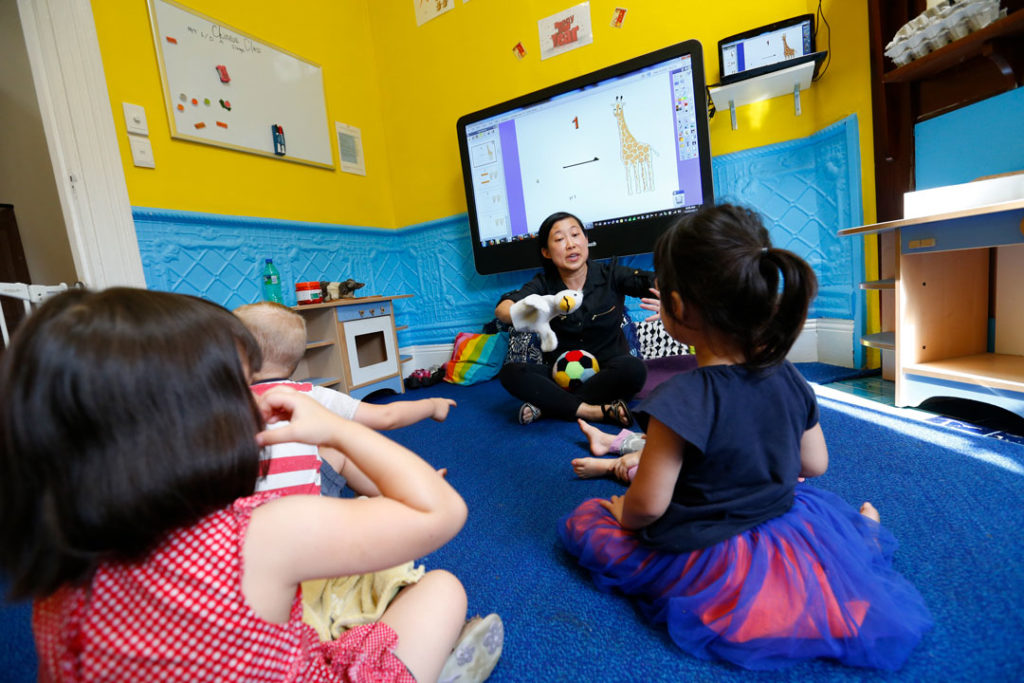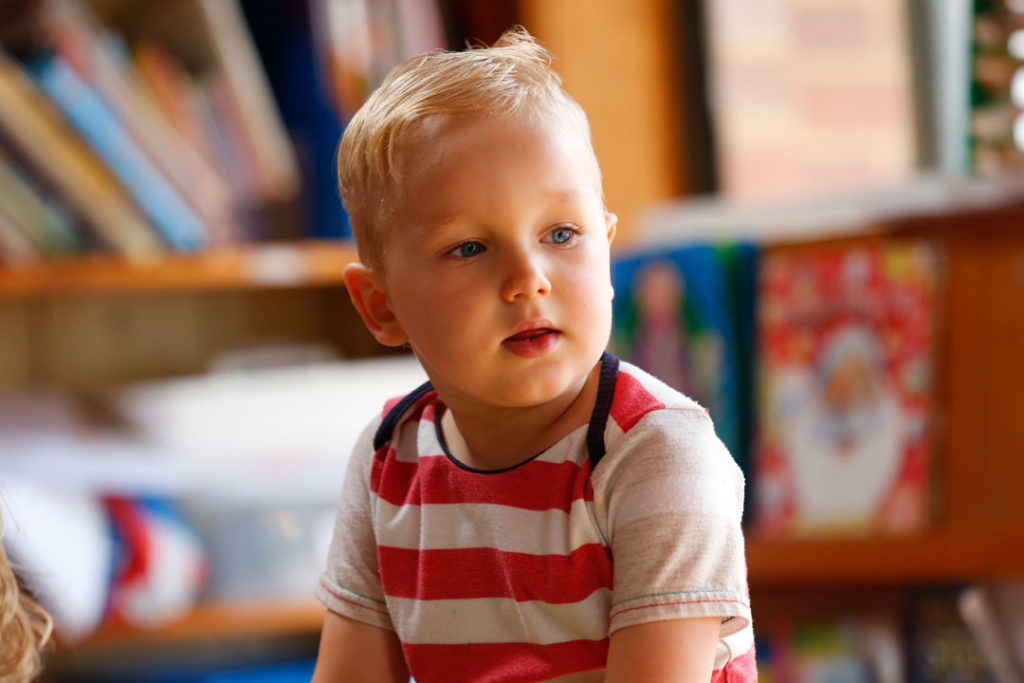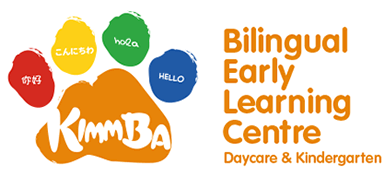Language Learning in Baby and Toddler Years
One of the most memorable moments for every parent is when their child utters the first words. This is the first stage in a child’s language learning, where the child develops language acquisition and utters various articulate sounds. These sounds soon become more clear words “mama”, “papa” or “dad” as the child grows. Language learning in baby and toddler years is one of the most extraordinary characteristics of their early development.

It’s during this time that children pick up languages the fastest. Their brains act like sponges for information, absorbing the world and words around them at an incredible pace. If your family speaks more than one language it’s around this time that you’ll want to foster your child’s learning of both languages. In Australia, this means immersing your child in both your home language and English.
When Do Babies Actually Start Learning Language?
The language learning process for babies starts before they’re even born, right in the womb. Babies start hearing various sounds in their mother’s womb and can distinguish these sounds from their mother’s voice right after birth. Babies are unusually gifted, and can differentiate between more than 800 sounds of nature at the time of their birth. What’s more, they soon start babbling to express their feelings before they can actually speak any words. Between the ages of 6 – 12 months, babies start learning their native language, and can pick up words effortlessly, all by themselves. Babies do so just by listening to the words that family members speak around.
What to Expect in Toddler Years

The most extraordinary feature of a child’s early development is the pace in which they learn languages, and how soon they start to communicate clearly with the people around them. Studies show that a toddler can easily hear, imitate, practice, understand and learn their first language by three years of age. It’s incredible to watch how fast a child learns communication in their native language, and even other languages if growing up in a bilingual home environment. When toddlers go to childcare or kindergarten, they’re exposed to more people. Here there are both adults and children of similar age groups with whom they communicate and interact with. This not only helps in developing social skills but also helps them improve their ability to communicate significantly.
Dealing with Language Delays in Early Childhood
One of the biggest concerns for parents and teachers is delays in speech and language learning. The most common reasons for slow language development in children are hearing problems, difficulty associating sounds with specific objects or meanings, and limited exposure to new words. It is important that you present different words to your children by interacting with them regularly in the language they’re learning. Singing songs to them, reading them a story, or helping them learn new and different words on a regular basis can all go a long way to language learning. They make language acquisition easier for the child, and the more words they store in their memory, the better they are going to communicate. Additionally, the caregivers at the childcare and kindergartens should pay attention to the specific language issues the child is facing and try to communicate with them in different ways. You could come up with the visuals for various objects and then pronounce their name in front of the child. This really improves the sight and sound relation in the child’s mind and they could easily identify and learn new words.
Language learning is the most amazing and unique experience in the life of the child as well as their parents. Both parents and educators can contribute significantly to the language learning abilities of their child and rejoice this memorable experience.
